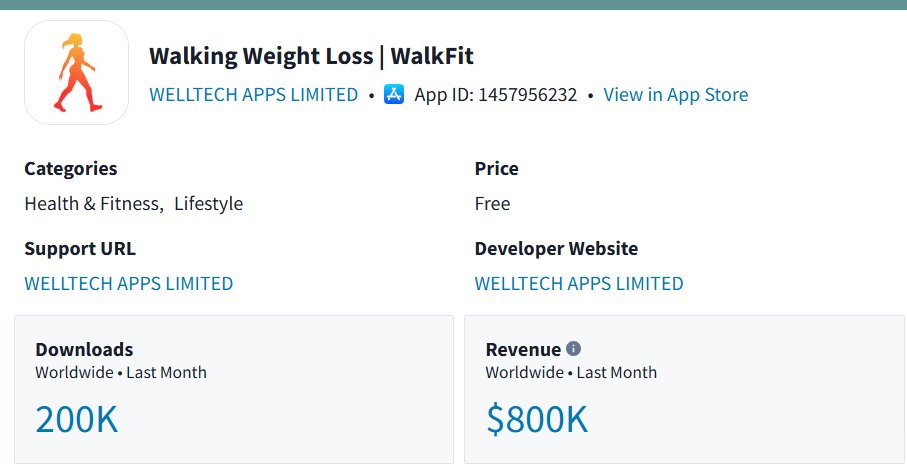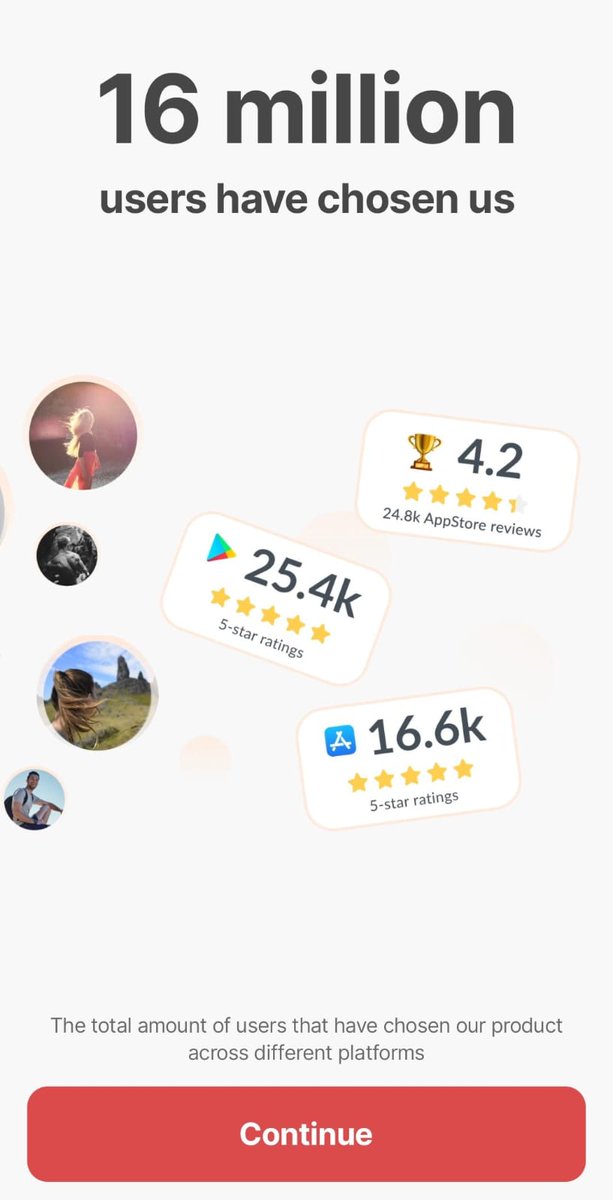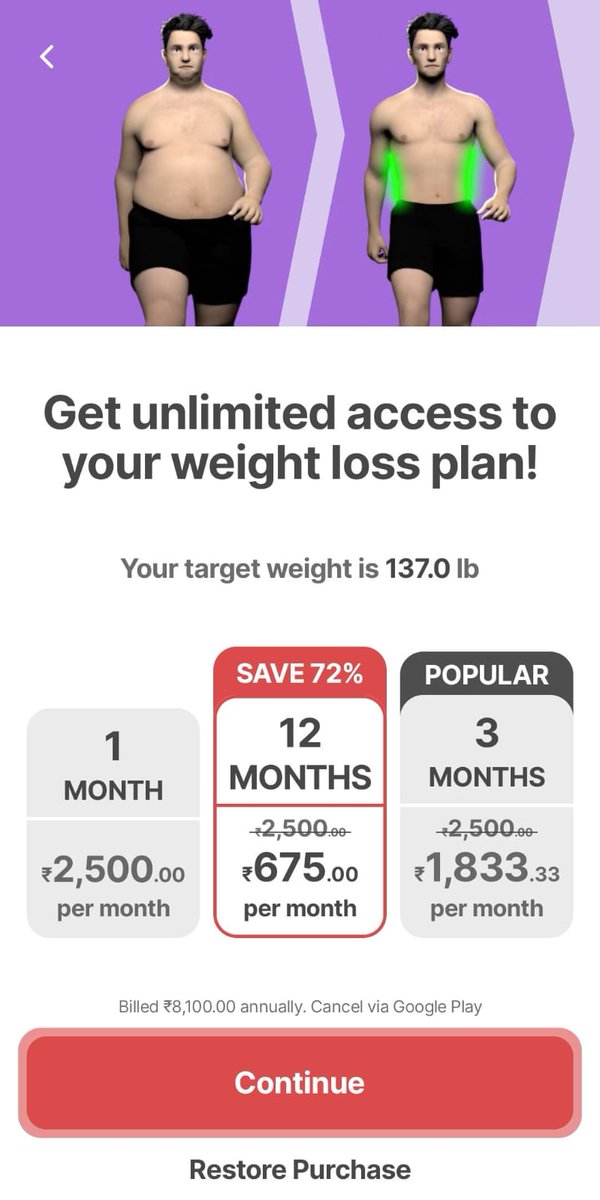WalkFit looks like a simple step counter.
But behind the scenes, it’s engineered for ruthless monetization.
Here’s how they scaled it into an $800K/month beast:

Onboarding That Feels Like a Diagnostic
The signup flow isn’t short or slick – it’s intentionally long.
-
Heavy social proof upfront

-
Asks for age, gender, sleep, water intake, and weight goals
-
Push notifications requested without much context

By the end, users feel invested. The app feels more like a health assessment than a download.
A Ruthless Paywall
The paywall shows up fast – and it doesn’t play nice.
-
No free value upfront
-
Three plans pushed immediately

-
Closing it doesn’t lead to any real escape
You either subscribe right away, or you’re out.
🚀 Turn your app from “Launched” to “Growing” in just 3 weeks.
✅ Trusted by 50+ App Founders ✅ 17 Proven Playbooks ✅ Weekly Founder Calls
Fortress ASO
WalkFit ranks in the Top 3 for ~500 keywords.
Not just vanity phrases – high-intent ones like:
-
“walking weight loss”
-
“free walking app for weight loss”
-
“loss weight workout walking”
That keyword fortress fuels a steady stream of organic installs.
Paid Ads at Scale
On Apple Search Ads, WalkFit bids on 3,200+ keywords, conquesting competitors like Fitbit, Weight Watchers, and running apps.
But that’s just the start. Their parent company runs ads like a factory:
-
~18,000 TikTok ads (multiple apps)
-
~20,000 Google ads
-
~320 Facebook ads, leaning web-to-app funnels to dodge Apple’s 30% cut
Printing Cash, Not Testing
When you flood every ad platform at this scale, you’re not “experimenting.”
You’re printing money.
They likely spend $1 on ads to make $1.20 back- then renewals stack on top.
It takes thousands of ad tests to get here, but once it works, the machine runs itself.
WalkFit’s Playbook
-
Long, data-heavy onboarding
-
A ruthless paywall
-
ASA + organic domination
-
Paid ads at industrial scale
WalkFit didn’t get lucky.
They built a growth engine – and it’s running at full throttle.


